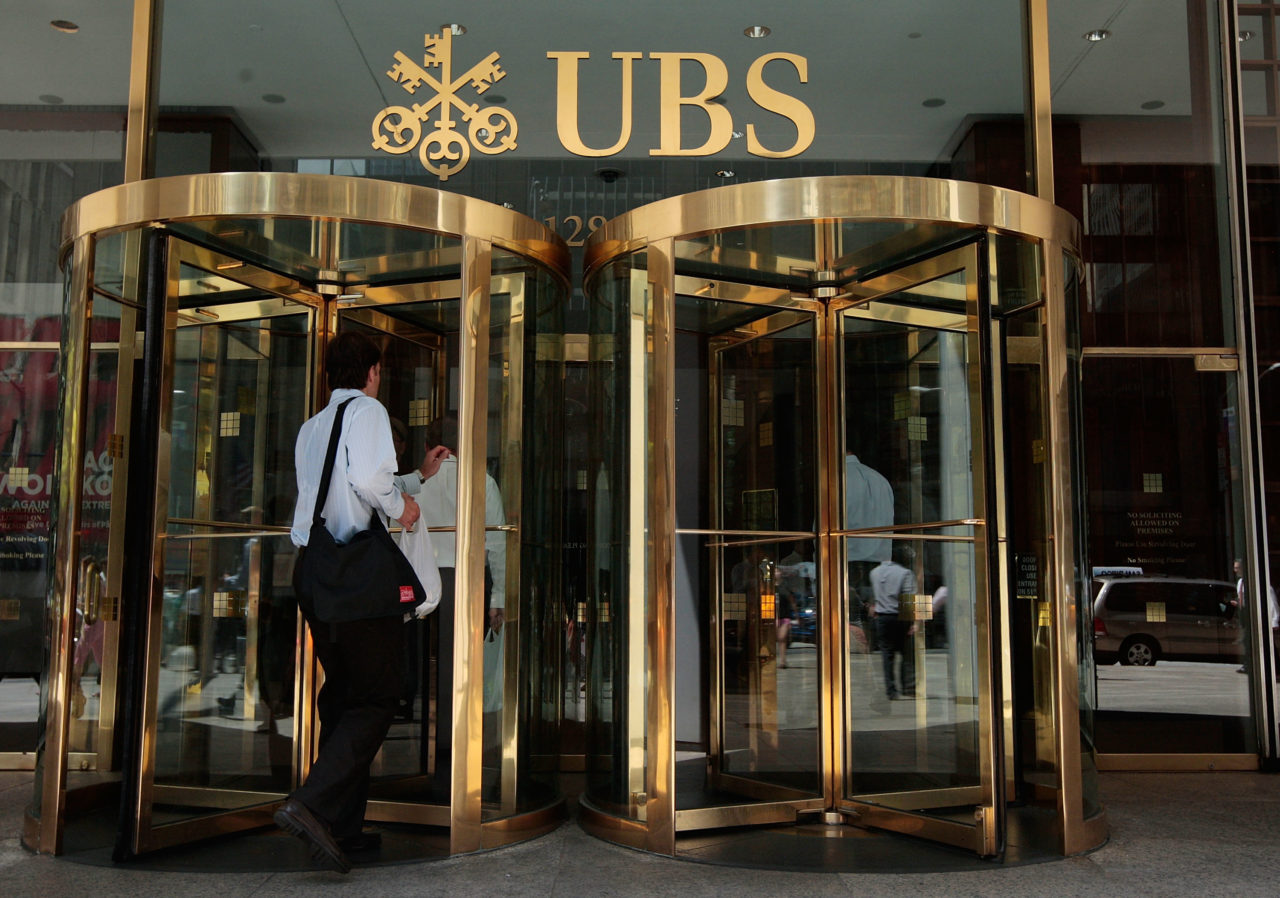
The Swiss bank wants its domestic employees to talk about their ethnicity – coming uncomfortably close to long-held stereotypes in the process.
Zurich-based UBS asked its 21,598 Swiss-based employees to fill out a survey describing their ethnicity, telling them ethnic diversity is a key pillar in achieving its strategic goals.
The survey – ethnic diversity is important to us – is illustrated with eight espresso cups of varying shades from black to milky white. UBS is asking its employees to categorize their ethnicity as Asian, Black, Hispanic, or White.
Other options include two or more ethnic groups and other ethnic groups. Employees also have the option of demurring on disclosing their ethnic heritage or presumably not filling out the survey at all.
UBS’ intentions in the survey are commendable: it can only reach its diversity goals if it tackles the issue of discrimination internally. And of course, to do so, it needs data.
The way UBS – which employs 73,000 people in more than 50 countries – is gathering this data is inept and eerily reminiscent of colonial-era stereotypes. The bank’s human resources officers seem to believe that the global population can be grouped into four ethnicities. Modern ethnology has identified more than 1,300 ethnicities worldwide.
UBS has chosen to group ethnicities along geographies – Asia, Latin America – and along with race: white, black. It avoided stumbling identifying all four of the survey’s ethnicities with a race, but it isn’t clear why it views white and black alone as ethnicities.
The link between ethnic identity and skin color is rooted in a racially tinged stereotype popularized by Carl Linnaeus, a Swedish botanist. In the 18th century, Linnaeus divided humans according to race: white, black, red, and yellow.
He also baked in how he perceived social and emotional features, a view that favored white Europeans like him. Linnaeus’ views took root during the Enlightenment and established themselves for some years afterward. Immanuel Kant and other enlightenment thinkers viewed dark skin as inferior to white.
UBS’ likening race to espresso cups also leans hard into stereotypes prevalent in advertising, where black skin was frequently used to sell products like chocolate or coffee. Using imagery of black people, advertisers attempted to portray these consumer goods as something exotic or wild.
The advertising industry has largely abandoned this practice. One would have wished for a similar light-bulb moment of age-old stereotypes from UBS’ diversity team.

